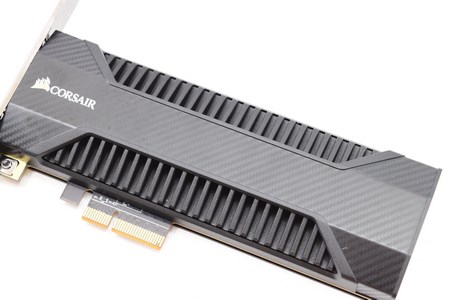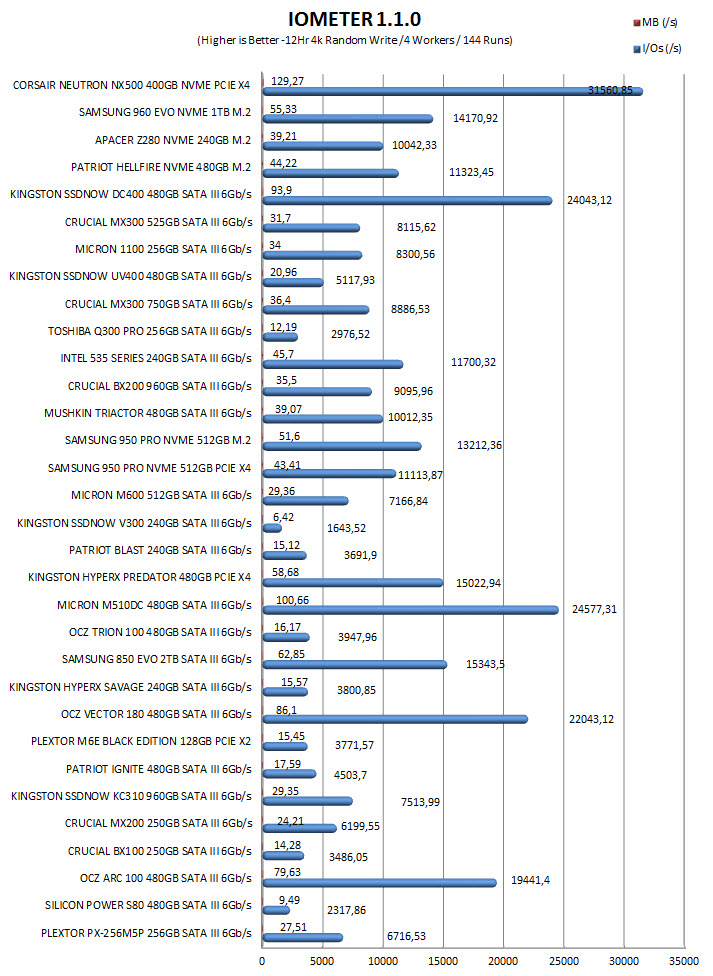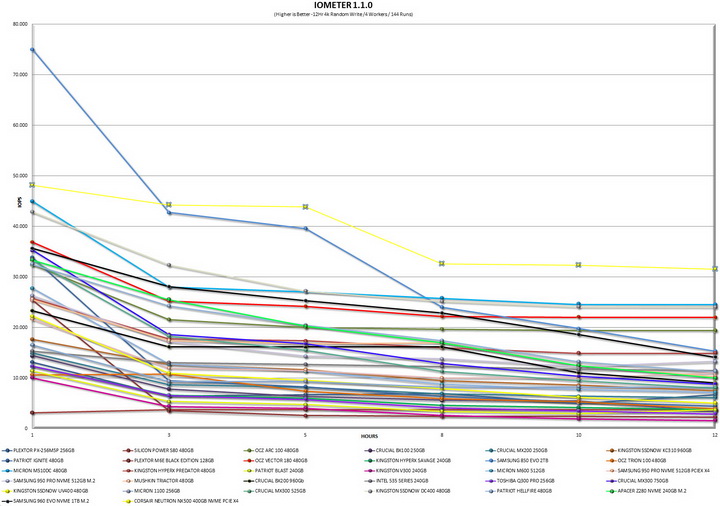INTRODUCTION
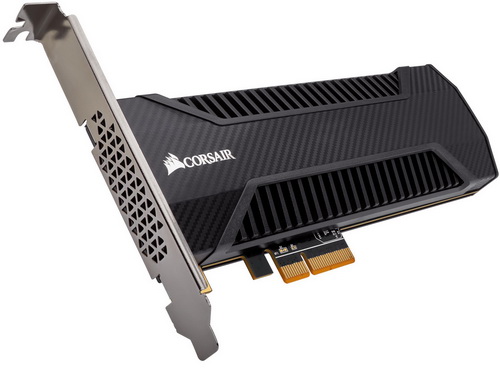
M.2 NVMe solid state drives may have taken the market by storm recently (largely thanks to the very successful 950/960 lines by Samsung) but that doesn't mean enthusiasts and professionals have only that form type to rely upon. I am of course referring to "regular" PCIe solid state drives which have been around for many years now and have established themselves as the by default choice for people looking to bring professional grade durability and performance even to "older" systems. Needless to say that the arrival of the NVMe standard has also boosted the performance of PCIe drives so we weren't really surprised to see many manufacturers release such models in the market. One such model is the Neutron NX500 NVMe PCIe Gen.3 X4 add-in card which is not only the successor to the award winning MP500 model by Corsair but one of the few models to have all its components mounted directly on the card/PCB itself and not an M.2 drive.
Founded in 1994, CORSAIR supplies high-performance products purchased primarily by PC gaming enthusiasts who build their own PCs or buy pre-assembled customized systems. The company's award-winning products include DDR3 and DDR4 memory upgrades, computer cases, PC cooling products, gaming headsets, gaming keyboards, gaming mice, power supply units, USB flash drives, solid-state drives and system monitoring and control devices.
The Neutron NX500 is an HHHL (half-height, half-length) PCIe Gen.3 X4 add-in card based on the Phison PS5007-E7 NVMe controller (4 CPU cores with 8 NAND flash channels) with 15nm NAND flash by Toshiba and 1GB DDR3 cache (2GB for the 800GB model). The PS5007-E7 controller features several technologies to enhance performance and endurance including SmartECC (reconstructs defective/faulty pages when regular ECC fails), SmartRefresh (monitors block ECC health status and refreshes blocks periodically to improve data retention), SmartFlush (minimizes time data spends in cache to ensure data retention in the event of power loss) and DevSlp (power save mode). Corsair currently only has two capacities available (400GB/800GB) but there are plans to release even a 2TB model soon. The 400GB model which we have here is rated for a write endurance of 698TBW (terra bytes written) while the 800GB model is rated for 1396TBW (both have an MTBF rating of 2 million hours and are covered with a 5 year limited warranty). What we are curious to check with the NX500 is its performance due to its high overprovisioning levels since we're actually talking about a 512GB SSD with a total usable capacity of just 372GB (roughly 120GB are used for overprovisioning).
SPECIFICATIONS AND FEATURES

PACKAGING AND CONTENTS
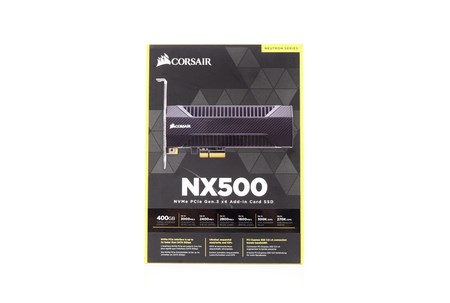 A large product picture is placed at the front of the box right over the main product features and performance numbers.
A large product picture is placed at the front of the box right over the main product features and performance numbers.
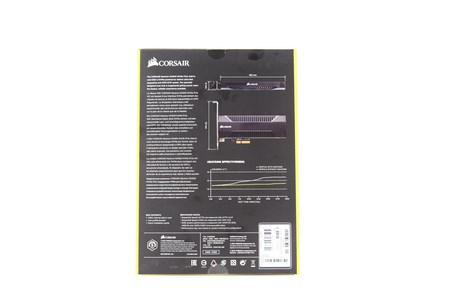 The card dimensions and the effectiveness of the massive black heatsink are detailed at the rear in 6 languages.
The card dimensions and the effectiveness of the massive black heatsink are detailed at the rear in 6 languages.
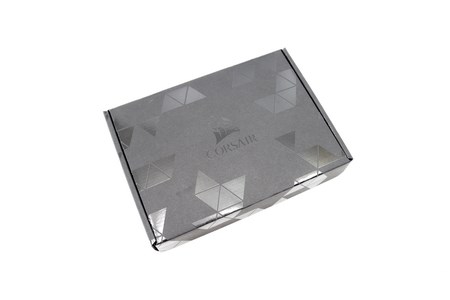 There's another box in the box with the company name on it.
There's another box in the box with the company name on it.
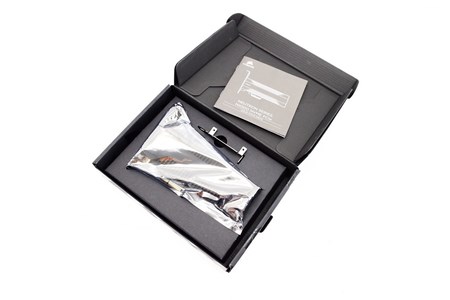 The card is wrapped inside a static-free bag and placed inside a piece of formed cardboard.
The card is wrapped inside a static-free bag and placed inside a piece of formed cardboard.
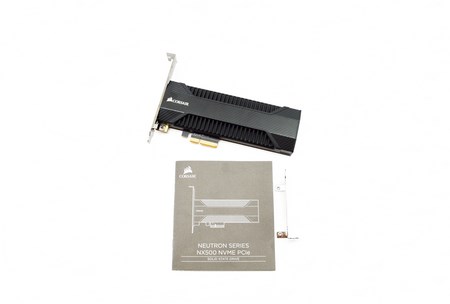 Along with the NX500 add-in card you're also getting a low-profile bracket and the quick start guide.
Along with the NX500 add-in card you're also getting a low-profile bracket and the quick start guide.
THE NEUTRON NX500 400GB EXTERIOR
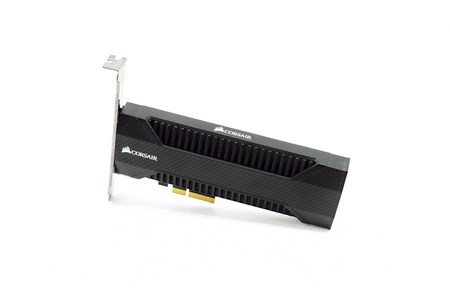 The Neutron NX500 is a 165mm long, 121mm tall and 21mm thick card.
The Neutron NX500 is a 165mm long, 121mm tall and 21mm thick card.
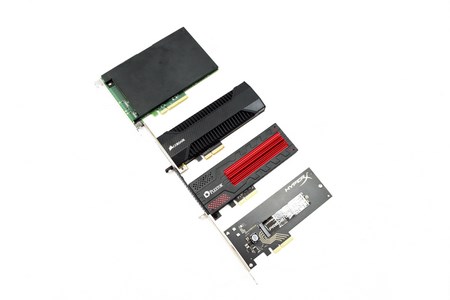 Out of simple curiosity i placed the NX500 right next to several other PCIe models including the Scorpion Deluxe 480GB by Mushkin, M6E 256GB by Plextor and the Predator 480GB by HyperX / Kingston.
Out of simple curiosity i placed the NX500 right next to several other PCIe models including the Scorpion Deluxe 480GB by Mushkin, M6E 256GB by Plextor and the Predator 480GB by HyperX / Kingston.
Only the rear end of this shroud is actually the heatsink since the front is made out of plastic.
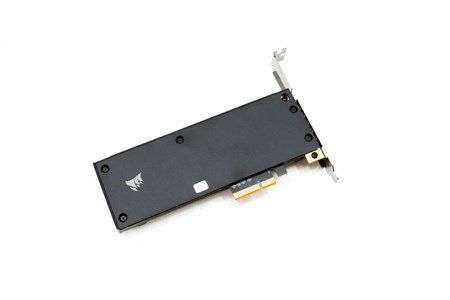 Another piece of aluminum is mounted at the rear of the card as you can see from the above picture.
Another piece of aluminum is mounted at the rear of the card as you can see from the above picture.
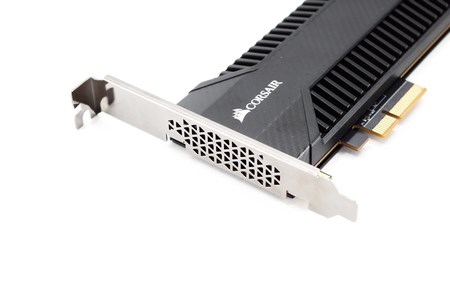 The PCI adapter is perforated to allow a small amount of hot air to exit the heatsink.
The PCI adapter is perforated to allow a small amount of hot air to exit the heatsink.
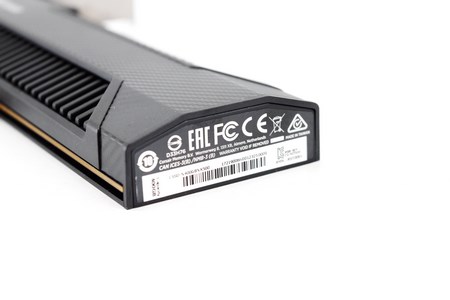 You can find the product serial number and EU contact information for Corsair on a sticker placed at the front of the heatsink.
You can find the product serial number and EU contact information for Corsair on a sticker placed at the front of the heatsink.
THE NEUTRON NX500 400GB INTERIOR
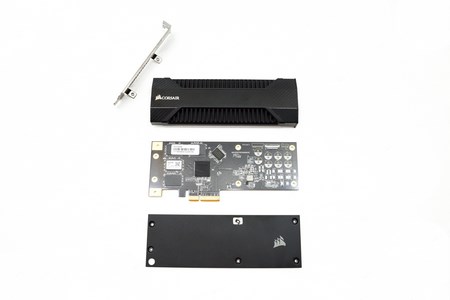 The entire card is made out of three pieces and is held in place with 8 screws.
The entire card is made out of three pieces and is held in place with 8 screws.
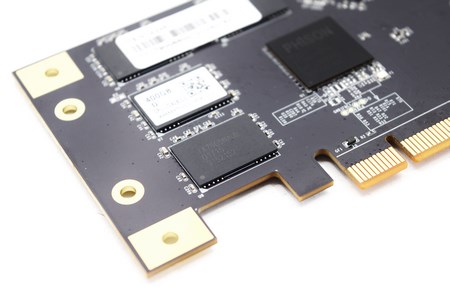
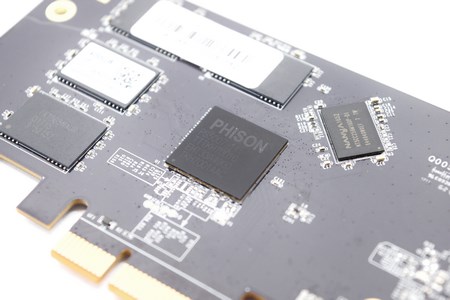
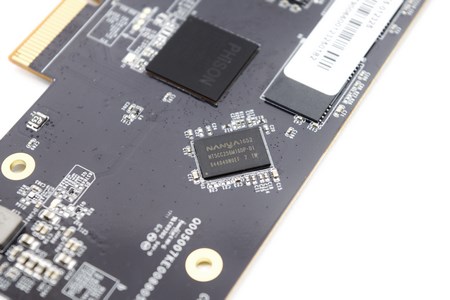
Three Toshiba 15nm NAND modules are placed at the top of the PCB along with the Phison PS5007-E7 controller and a 512GB DDR3 cache module by Nanya.
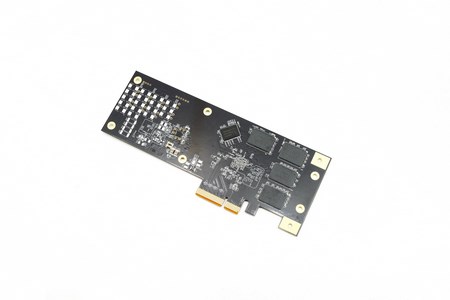
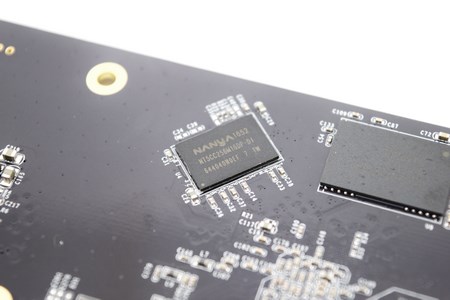
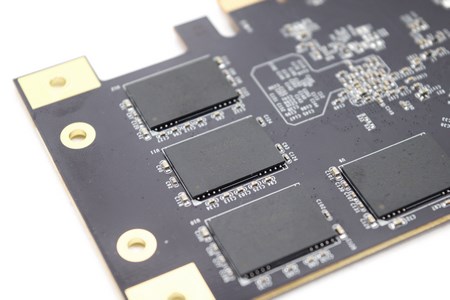
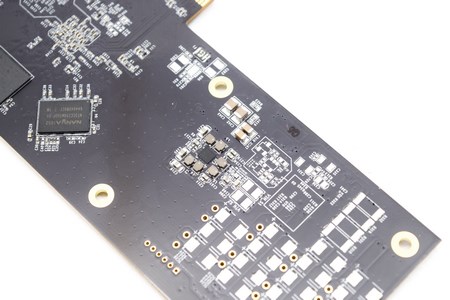
Turning over the PCB we see 4 more Toshiba 15nm NAND modules, one more 512GB DDR3 cache module by Nanya and several capacitors (probably part of their SmartFlush technology).
TEST BED
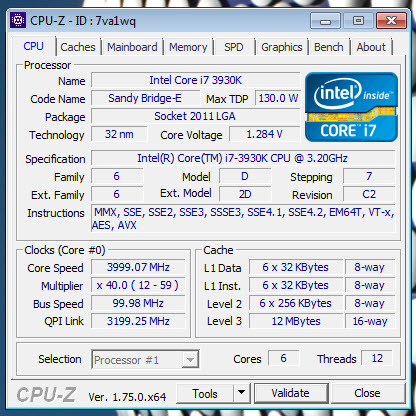

TESTING METHODOLOGY
After over 9 years of testing solid state drives we've concluded that it's almost impossible for any single benchmark suite to accurately measure their performance and that's why in certain benchmark suites we see amazing read/write performance numbers with some drives while in others things are quite different. The reason behind this is that some benchmarking suites are configured to read and write random chunks of data while others read and write constant (sequential) ones. So that's why i always use a very wide selection of benchmarking suites including AIDA64, HD Tach RW, HD Tune Pro, Crystal Disk Mark, Sisoftware Sandra Pro, AS SSD, IOmeter and ATTO. To get the most accurate results each test gets repeated a total of 6 times with the average performance numbers recorded into our charts. Also as of February 25th 2015 our results will also include the Storage Networking Industry Association’s (SNIA) IOMeter tests. These tests include a 12 Hour write test used to “simulate” performance degradation over time and a mixed workload test which basically shows what you can expect when using an SSD continuously for roughly two hours. Unfortunately due to the time required for these tests we repeat them a total of 3 times and not 6 as the above.
Many people have made inquiries about our charts in the past so once again please do keep in mind that the Charts have the average performance numbers of each drive recorded and not the peak (highest) ones. Also although every single one of these programs can help potential buyers choose the right drive for their needs you should also remember that from any kind of benchmark up to real world usage the gap is not small (and usually most differences will go unnoticed by most people). All tests were performed in a fresh Windows 10 Pro x64 installation with every update installed up to September 11th 2017.
TEST RESULTS - AIDA64 / ATTO


TEST RESULTS - HD TACH RW / HD TUNE PRO


TEST RESULTS - SISOFTWARE SANDRA PRO / CRYSTAL DISK MARK X64


TEST RESULTS – AS SSD / IOMETER

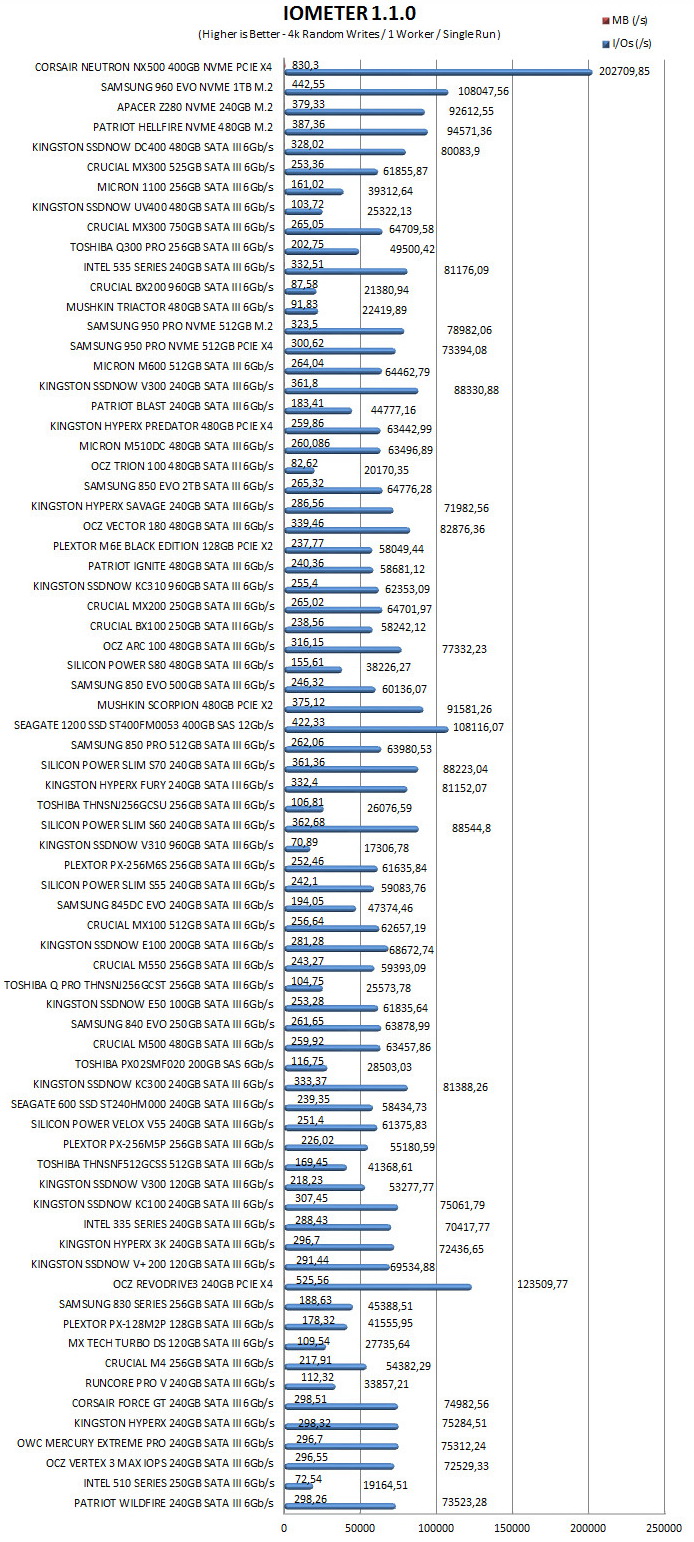
TEST RESULTS – IOMETER SNIA
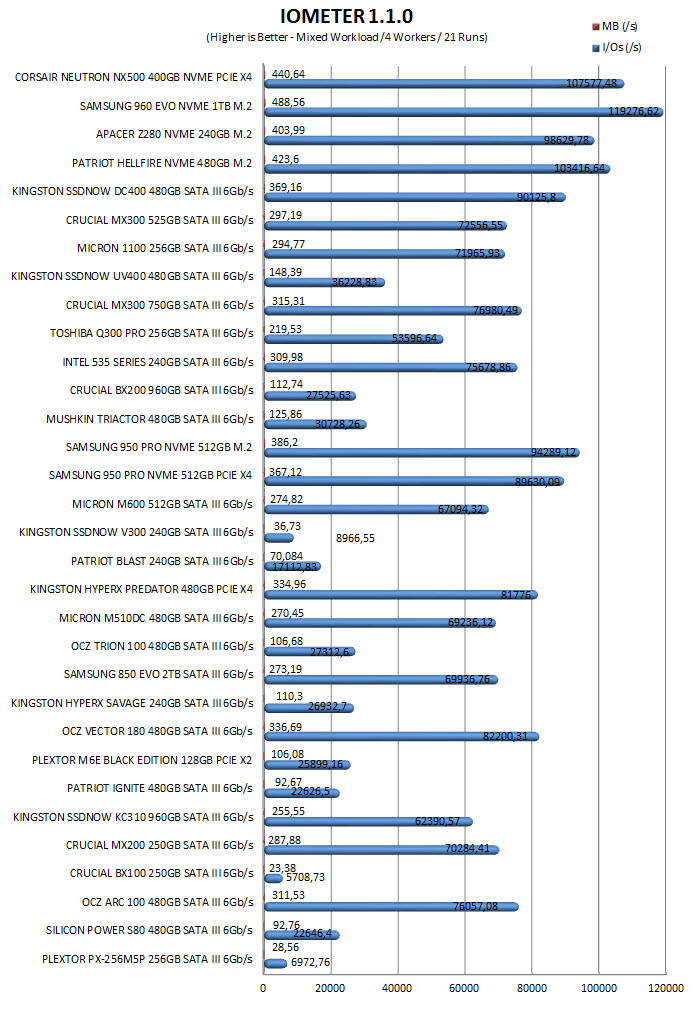
CONCLUSION
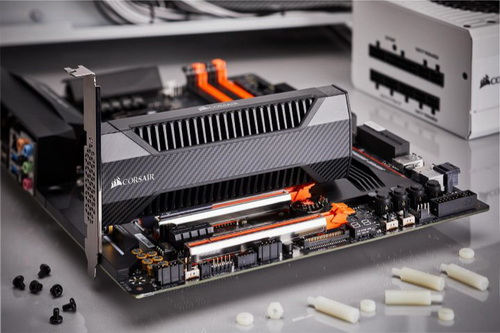
With all the latest mainboards featuring at least one M.2 NVMe compatible slot (most come with two) it’s a safe guess that the majority of people interested in the NX500 and other PCIe SSDs will be owners of older models like the X79 of our test rig. This is what I’ve always liked with PCIe SSDs, the ability to use them regardless of mainboard model or type. True some slight performance issues may come at play with older non Gen.3 compatible mainboards but even so you’re still getting superior performance compared to any SATA III SSD in the market and that I think is what really matters. Still there’s one more thing the NX500 has over regular M.2 NVMe’s and that’s its reduced temperature levels thanks to the two large heatsinks placed on both sides of the PCB. This is also why in our SNIA tests the NX500 outperformed even the 960 EVO 1TB by Samsung with ease since the 2nd had to throttle down on numerous occasions. Of course we don’t expect many people to run heavy workloads on their SSDs for 12 or more hours continuously (and you can always add a heatsink on any M.2 SSD to partially solve overheating issues) but for professionals this is quite important. Unfortunately all this performance comes at a cost so although you basically have a 512GB SSD in your hands at the end of the day just 372GB is actually usable.
At a current price of USD362 inside the US (Amazon.com) and 436Euros inside the EU (Amazon.co.uk) the Neutron NX500 400GB PCIe Gen.3 x4 Add-In Card SSD is certainly somewhat expensive but we do feel that it’s worth every penny CORSAIR asks for it if performance (especially sustained) is something you want. On the other hand however if enthusiast-grade sustained performance is something you don’t need there are more “affordable” PCIe models currently available in the market. Long story short it all comes down to your needs but for us since the Neutron NX500 delivers on everything CORSAIR promises it’s well worth of our Platinum Award.

PROS
- Excellent Build Quality
- Top Of The Charts Read & Write Performance
- Sustained Performance Levels
- Endurance (2 Million Hours MTBF / 698TBW)
- Compatibility (PCIe)
- 5 Years Warranty
CONS
- Price (For Some)
- Only 372GB Usable (Over Provisioning)

 O-Sense
O-Sense





